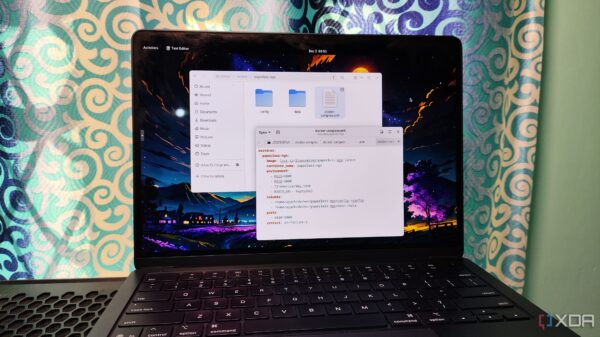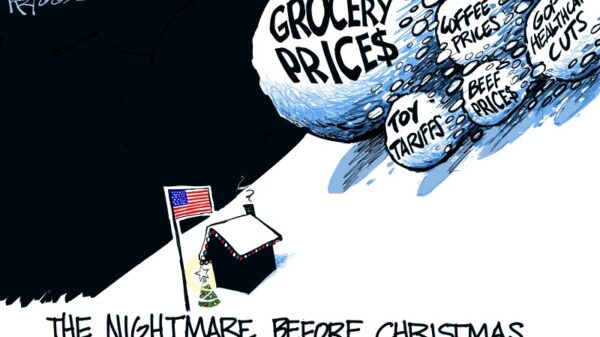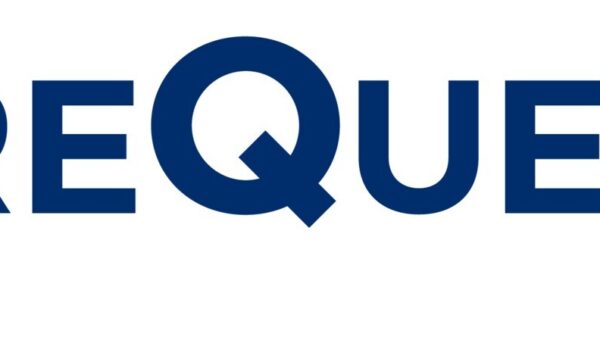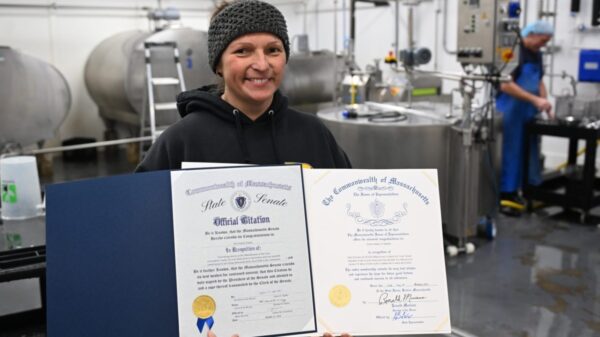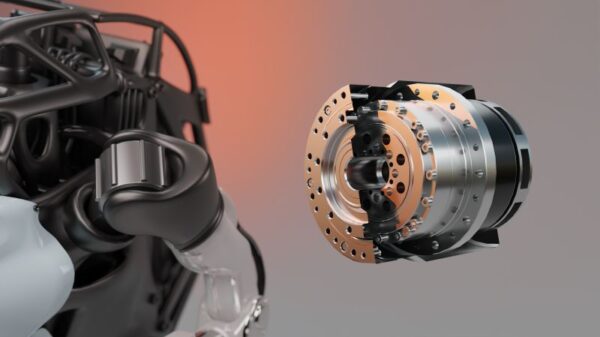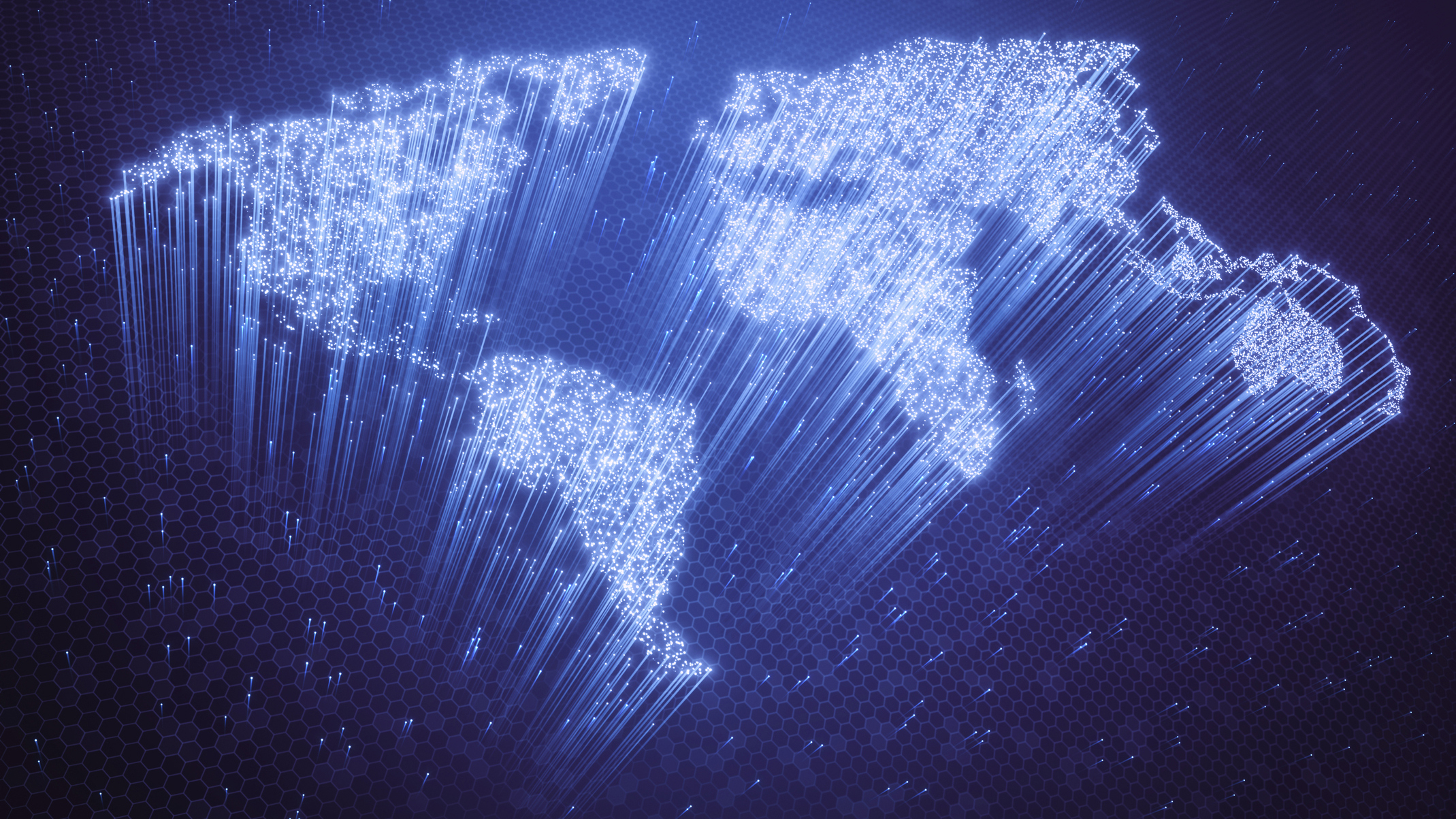Fiber optics have transformed communication technology since their introduction, becoming an integral part of modern data transmission. The journey began in November 1960, when physicist Narinder Singh Kapany published a pioneering article in *Scientific American*. This work laid the foundation for fiber optic communications by demonstrating how light could be transmitted through glass fibers.
The initial concept involved directing light into one end of a fiber, allowing it to emerge from the other end. By bundling these fibers, more efficient data transmission became possible, paving the way for the fiber networks we rely on today. Over the decades, fiber optics have largely replaced copper wiring in various sectors due to significant advantages in speed, latency, and bandwidth.
Advancements in Fiber Optic Technology
Fiber optics have become essential for both industrial applications and consumer services, powering the undersea cables that sustain the global digital economy. Compared to traditional copper wiring, fiber optics offer reduced signal loss, or ‘attenuation,’ making long-distance connections feasible and cost-effective. As a result, consumers have experienced enhanced internet speeds with the surge of fiber optic broadband services in recent years.
Noteworthy milestones in transmission speeds demonstrate the rapid evolution of this technology. In 2006, NTT recorded transmission speeds of 111 gigabits per second. This was surpassed in 2009 when researchers at Bell Labs achieved rates of 15.5 terabits per second over a single fiber cable spanning 7,000 kilometers. More recently, researchers at the National Institute of Information and Communications Technology (NICT) set a record with a staggering 22.9 petabits per second capacity.
Continuous improvements in fiber optic technology remain a focus for researchers. A study published in 2025 highlighted the potential of plastic optical fiber (POF) technology as a significant advancement, particularly for data centers and networking applications. Researchers from Keio University in Japan developed innovative plastic-based options, addressing critical issues in artificial intelligence infrastructure, such as the need for lower latency and high-capacity communications between GPUs and accelerators.
The team at Keio University emphasized the economic benefits of using plastic optics, noting that these alternatives reduce manufacturing costs without compromising transmission speeds or signal integrity. Such innovations could drive further enhancements in fiber optic communications, facilitating faster and more efficient data transmission in various sectors.
As the world increasingly relies on robust communication networks, the advancements in fiber optics continue to shape the future of data transmission. From their humble beginnings in the 1960s to groundbreaking developments today, the evolution of fiber optics underscores the importance of continued research and innovation in this critical field.



